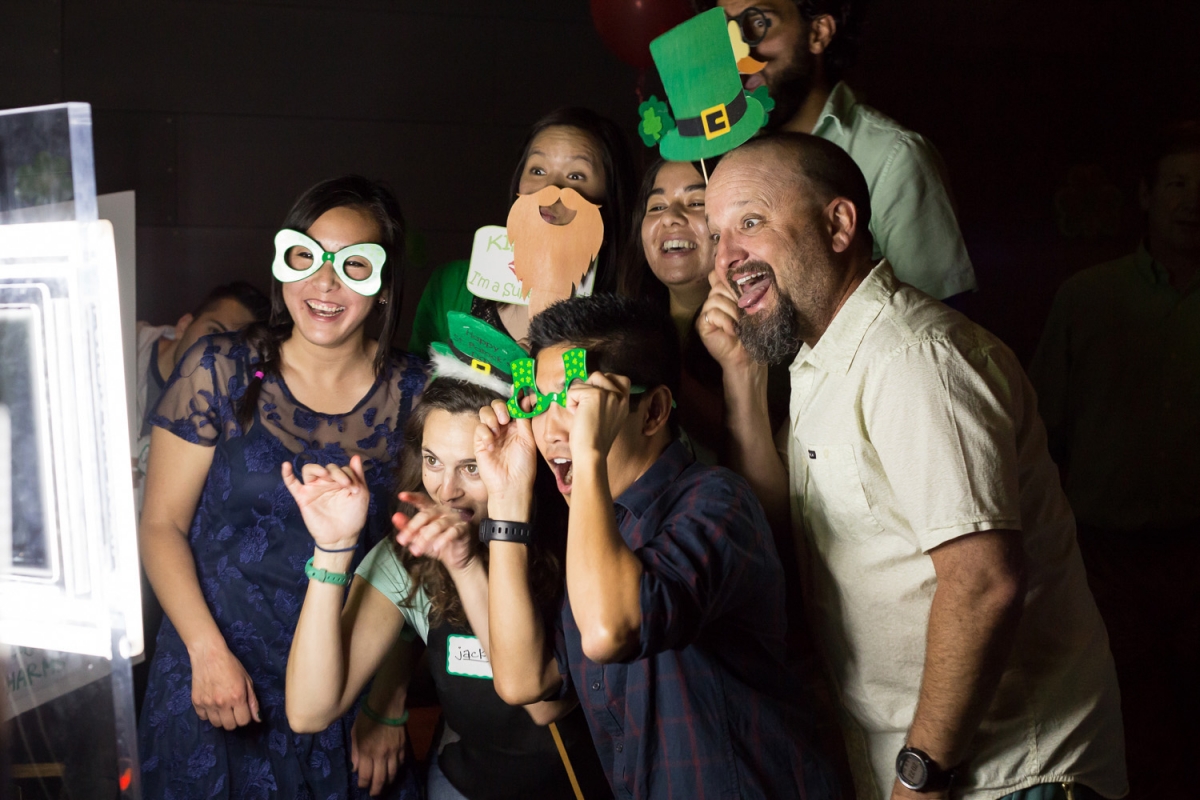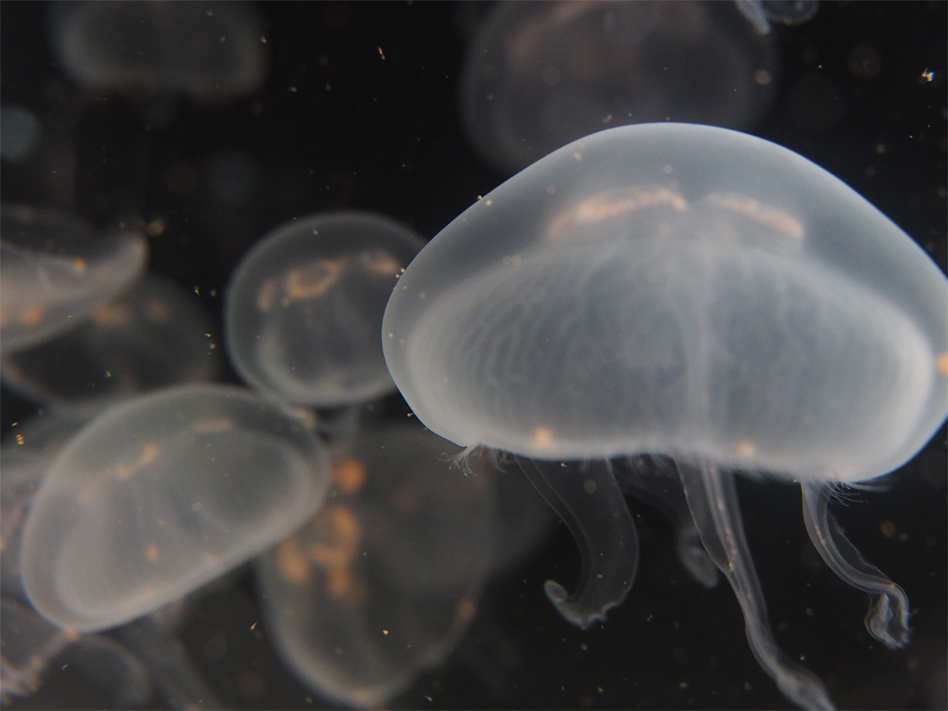We’ve been getting lots of questions about the recent uptick in strandings of sea lions in Southern California. We have gathered information from our partners at the California Wildlife Center and NOAA to help you understand what is happening and what to do if you see an animal on shore.
Don’t touch and do not pick up, pour water on or feed the animal. They are wild animals and can bite. They also are easily stressed by humans.
Do not return the animal to the water. Seals and sea lions temporarily haul-out on land to rest. Harbor seal mothers often leave their pups ashore while they’re feeding at sea. A beached whale, dolphin, or porpoise should be reported immediately.
Observe the animal from a distance of at least 50 feet. Keep people and dogs away.
Note physical characteristics such as size, presence of external earflaps, and fur color. This helps determine the species, and what rescue equipment and volunteers are needed.
Note the animal’s condition. Is it weak and underweight? Are there any open wounds?
Note distinguishing marks. Does the animal have any obvious identification tags or markings?
Note location. Determine the exact location of the animal in order to provide accurate directions.
Seek help. For marine mammal rescues along the Malibu coastline, please call California Wildlife Center at 310-458-WILD. For marine mammal rescues from Pacific Palisades to Wilmington, please call Marine Animal Rescue (1-800-39-WHALE).
And here are some answers to frequently asked questions about the strandings.
Why are sea lions stranding?
California sea lions can strand for a number of reasons, including injury, illness, and weather and/or ocean conditions. This early on in the stranding event it is very difficult to pinpoint what is causing the increased strandings in 2015; however we do have several factors to keep a close eye on. In the 2013 Unusual Mortality Event (UME), which started out very much like this year, the UME Investigation Team and NOAA Fisheries determined that a change in availability of sea lion prey was a likely contributor to the event. Availability of prey is very important for nursing sea lion mothers; for the pups as they begin to wean and start foraging on their own; and for the other age classes of sea lions as well. Therefore, prey availability (including amount, type, quality, and location) is one factor that we will continue to monitor in 2015.
Other potential causes for large numbers of increased strandings included infectious disease outbreaks and harmful algal blooms. We currently have no indication of either of these issues being involved in the current event, but NOAA continues to collect the necessary samples to definitively rule these other factors as causes of the event. As the year progresses NOAA will continue to monitor the health of the stranded animals and partner with scientists in other specialties such as oceanography to help determine if environmental causes may be influencing the increased sea lion strandings.
What role does El Nino play?
Late 2014 and early 2015 have presented El Nino conditions, which means that the California current has been experiencing warmer waters than usual. Changes in sea surface temperature can have significant impacts throughout the food web. Historically, El Nino years have resulted in high numbers of marine mammal strandings, likely due to changes in prey availability and increased physiologic stress on the animals.
What about the state of young pups?
NOAA Fisheries scientists observe the breeding rookeries for a period of time each year. What they have seen this year as far as pup weight is very similar to what they observed before the 2013 Unusual Mortality Event. They have also noticed that the overall growth rate for pups is actually down a bit from 2013 so these observations do lead NOAA to be concerned about 2015 pup survival rates and predicted increases in strandings of pups on the mainland. At this time, the increase in strandings seems confined to California sea lion pups (born summer 2014). All live animals are currently being rescued and taken to stranding network centers. Consistent findings in the pups are emaciation and dehydration with most animals very underweight for their age.
How big is California’s sea lion population?
The species overall is very healthy with an estimated population of 300,000. That was not always the case, in 1972 the population was very low and the implementation of the Marine Mammal Protection Act really helped to save the sea lion population. The most recent Stock Assessment Report for California sea lions was issued in 2011. The current estimated total population size is roughly 300,000 animals, with an annual increase of 5.4%. The main U.S. breeding rookeries are located on the Channel Islands and California sea lion pups are born on the islands of San Miguel, San Clemente, San Nicholas and Santa Barbara. California sea lions in the U.S. are not listed as endangered or threatened under the Endangered Species Act or as depleted under the Marine Mammal Protection Act. In general, the population is increasing, although there have been periods when the population abundance has declined due to factors such as El Nino events, disease and prey availability.






 While it may be the fish that draw most of the attention, it is the Santa Monica Pier Aquarium’s dedicated team of aquarists and volunteers that really make this place special. In addition to maintaining exhibits and informing visitors about marine life, they share a passion for helping protect the ocean by stressing the importance of environmental stewardship. José says his love for working with animals and his staff at the Aquarium is the most exciting thing about his job, his enthusiasm for which is apparent to anyone in his presence.
While it may be the fish that draw most of the attention, it is the Santa Monica Pier Aquarium’s dedicated team of aquarists and volunteers that really make this place special. In addition to maintaining exhibits and informing visitors about marine life, they share a passion for helping protect the ocean by stressing the importance of environmental stewardship. José says his love for working with animals and his staff at the Aquarium is the most exciting thing about his job, his enthusiasm for which is apparent to anyone in his presence.